Monastery of the 40 Saints
Albania has amazing historical sites at least as old as those in Italy. Their stones whisper the stories of glory and challenges felt once upon a time.
ALBANIA
10/9/20252 min read
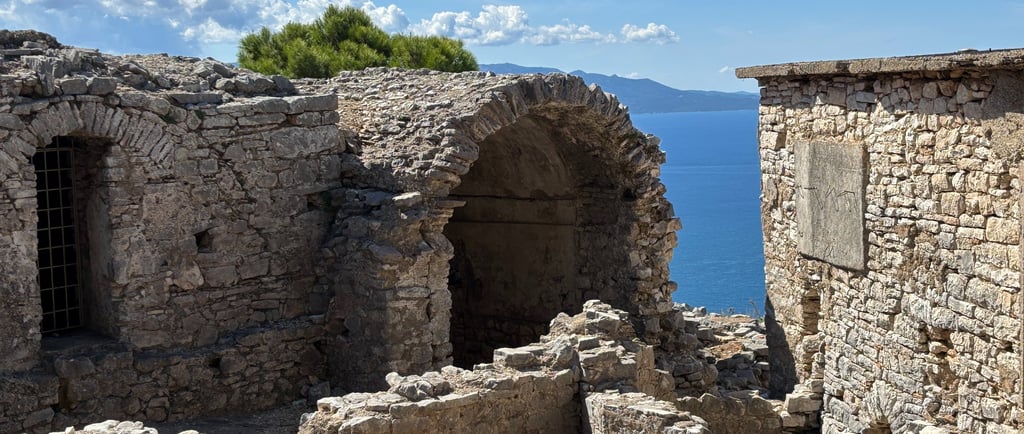

Shrouded in a legend of loyalty and faith, the Monastery of 40 Saits in Sarandë, Albania was built in the 6th century AD as a Byzantine pilgrimage site. Perched high upon the hill overlooking Sarandë, it was named for the Forty Martys of Sabaste and contained 40 rooms, one for each martyr.
Located close the Lekursi Castle, but not on the same road or hill, visiting the ruins of the Monastery of 40 Saints might be an adventure. There is no public transportation. Visitors may choose to walk, book a tour, or take a taxi. Like the Baltic pilgrims before us, we chose to marched up, up, and up the narrow street for 3 kilometers (almost 1 hour). But the air was clear, the sun wasn’t hot, and the clouds guided us toward the ancient perch.
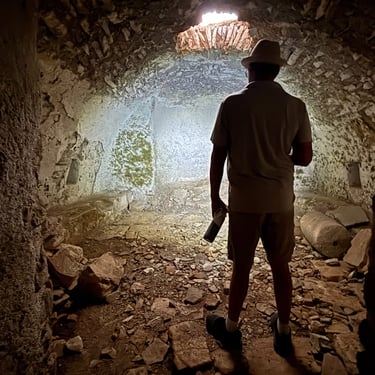
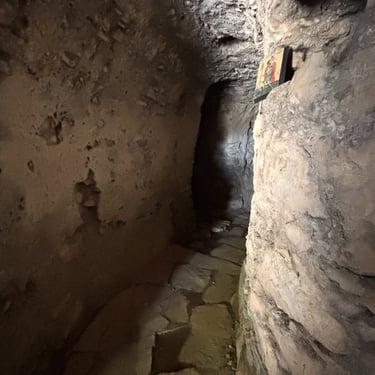
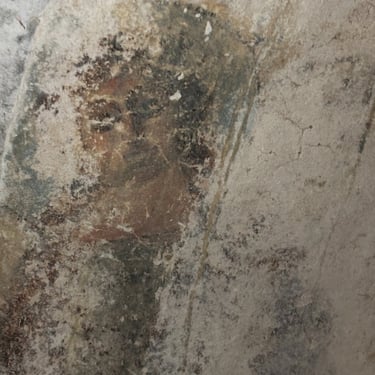
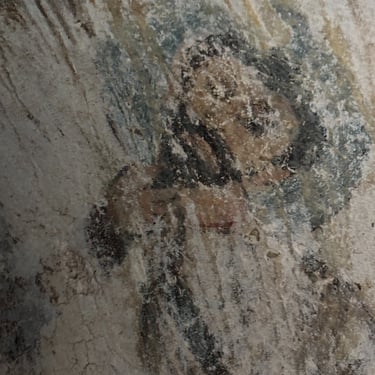
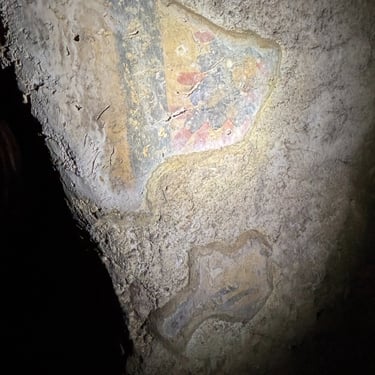
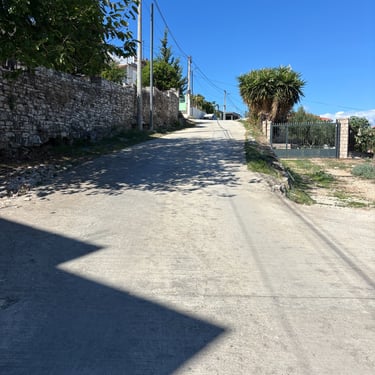
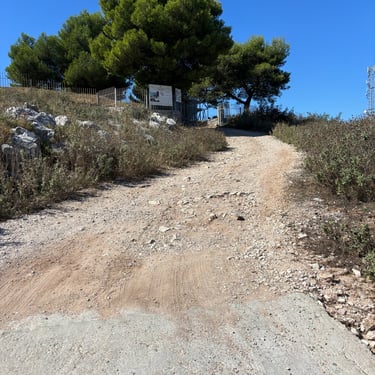
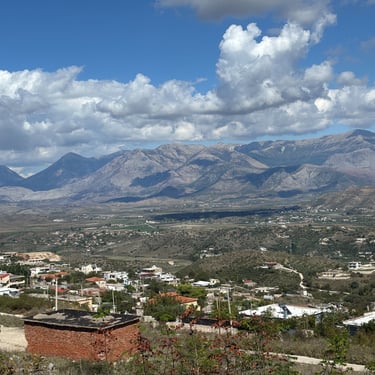
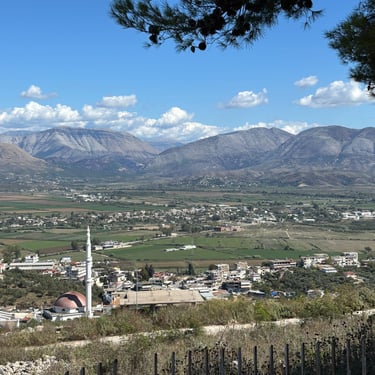
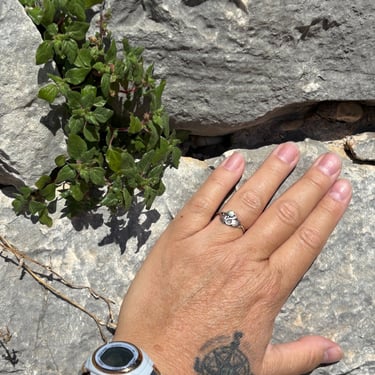
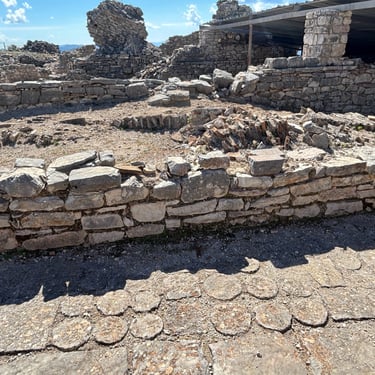
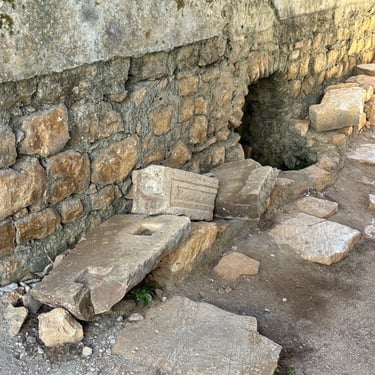
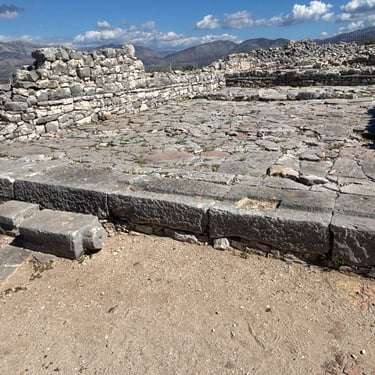
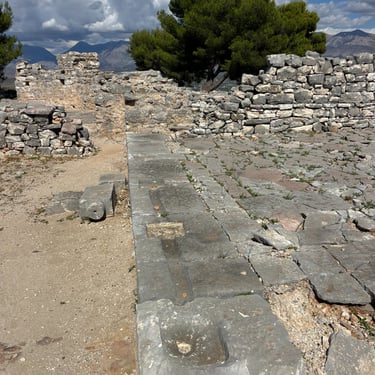
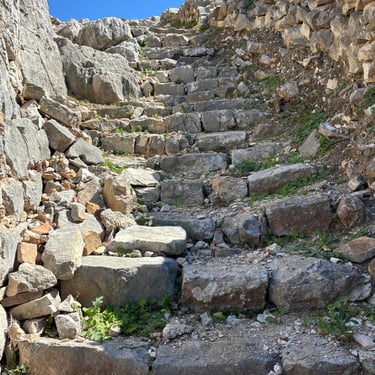
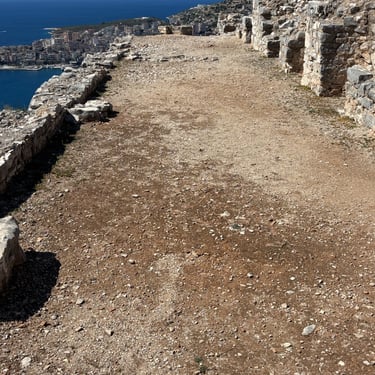
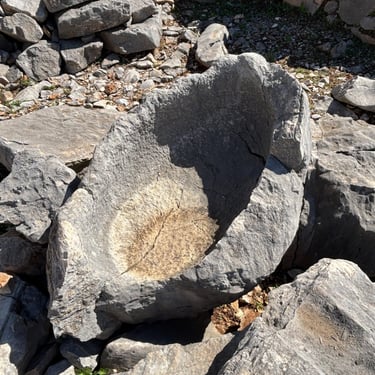
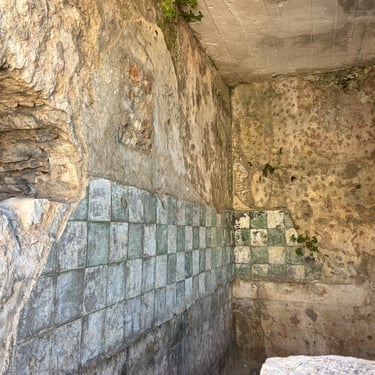
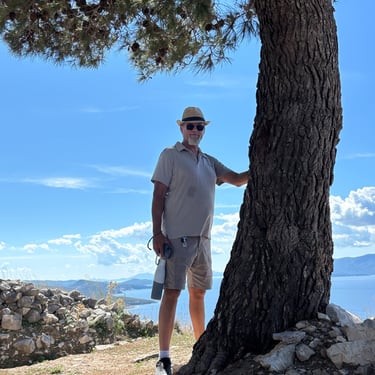
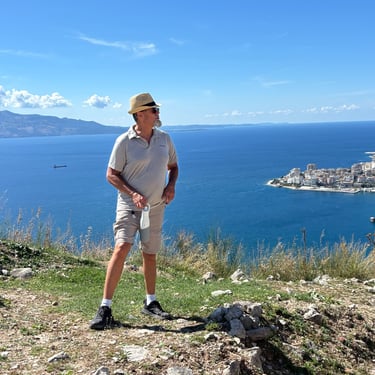
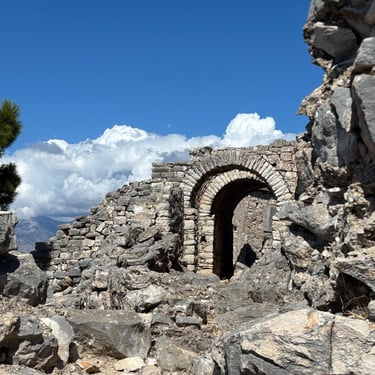
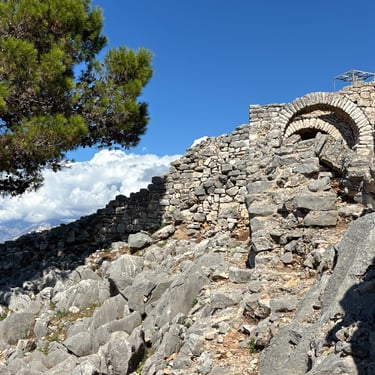
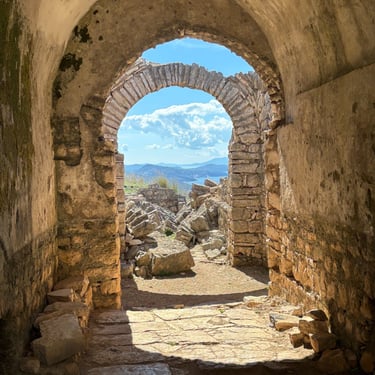
Known by tourists these days, the arches of the Monastery can be seen in social media posts around the world.
But we aren't most tourists. We visit ancient historical sites like the Monastery in order to hear and feel the heartbeat of the past. We ponder the lives of people who walked these paths before us and look for ethnographic symbols of life. See the carved stone basin? See the tiles on the wall? We adore the tool marks on the stairs and the carved stone columns. Since we are not professional archeologists, we ponder...What was the purpose of the square carvings in the stone near the floor?
Taking time to reflect, Greg sat upon the wall while I sat in the old courtyard. Who prayed here before us? What was their religion? Did they have the after-life they hoped for? Monuments and shrines still exist as current travelers consider the blessings of the 40 martyrs.
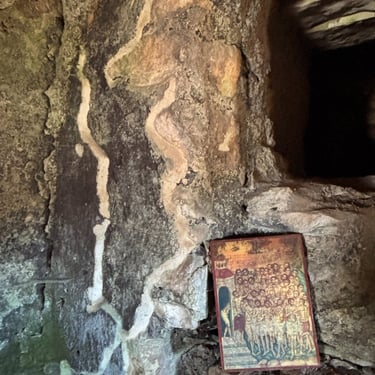
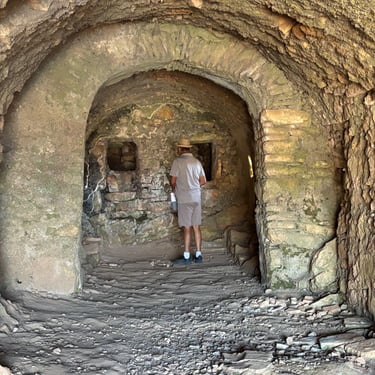
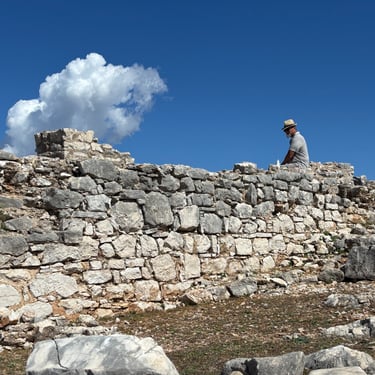
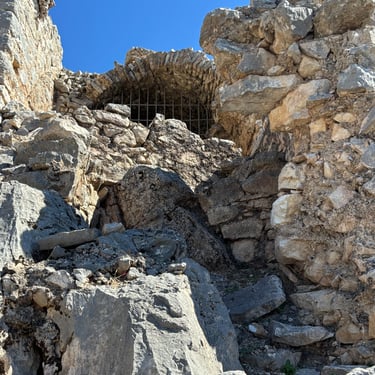
If you take a flashlight and use great care and respect, you can venture inside the monastery to see what is left of the original frescos. It was such an honor to look at the delicate work painted so many years ago. Without touching anything, we could imagine the flickering candles upon the plaster and how bright the walls were with floor to ceiling frescos.
There was much destruction of buildings in Europe during World War II. Thankfully unoccupied in the 1940's, the walls of the 40 Saints Monastery did not survive those horrific times. It's hard to understand what that war destroyed.
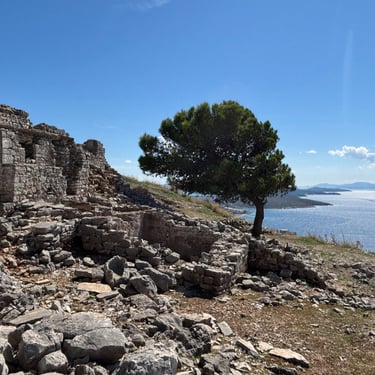
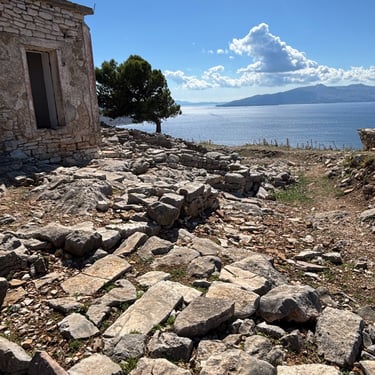
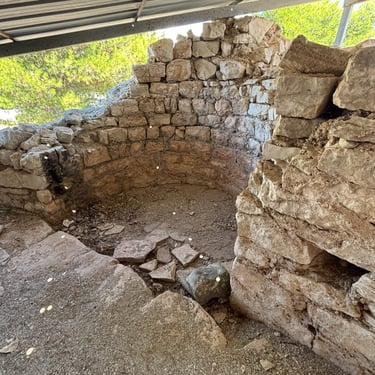
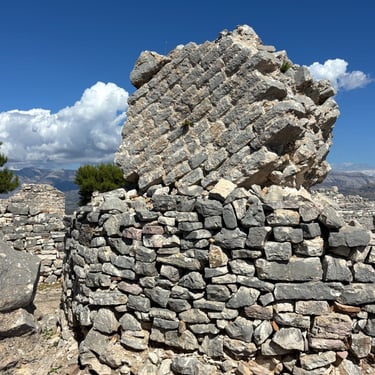
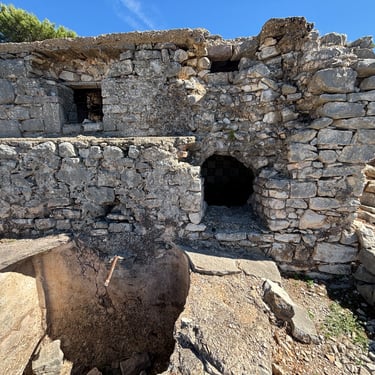
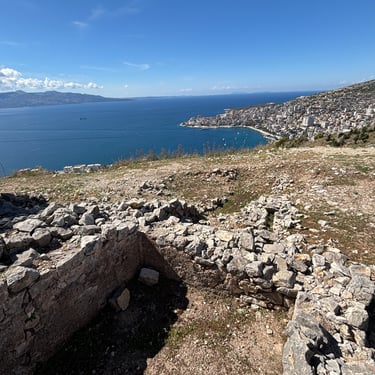
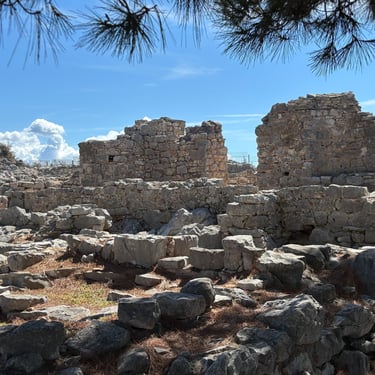

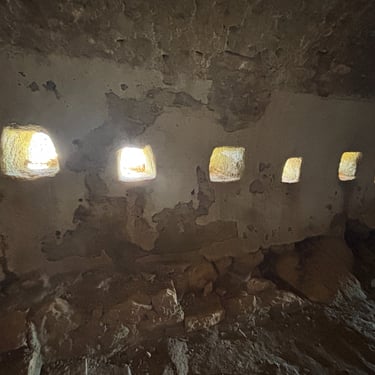
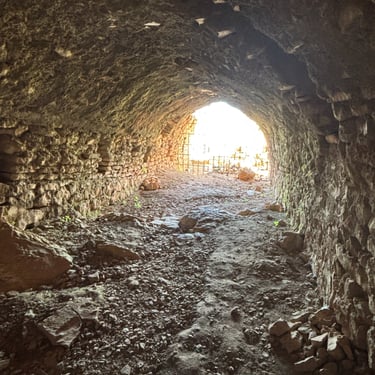
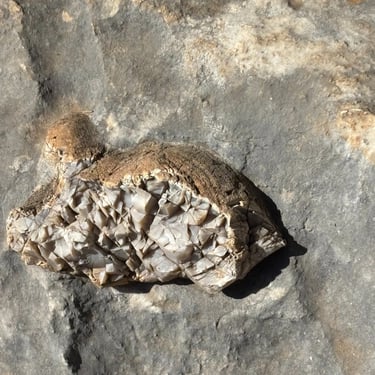
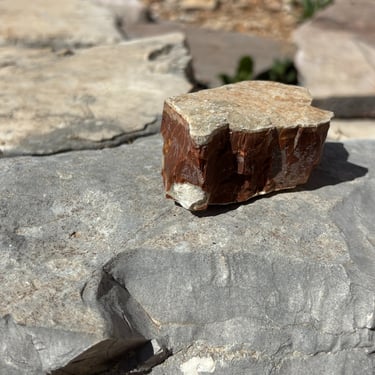
The key elements of a beautiful place like the 40 Saints Monastery are the stones. Look carefully. They, themselves, hold a history that predates the ghosts of the Monastery. May you continue to enjoy following the stones as much as we do.
